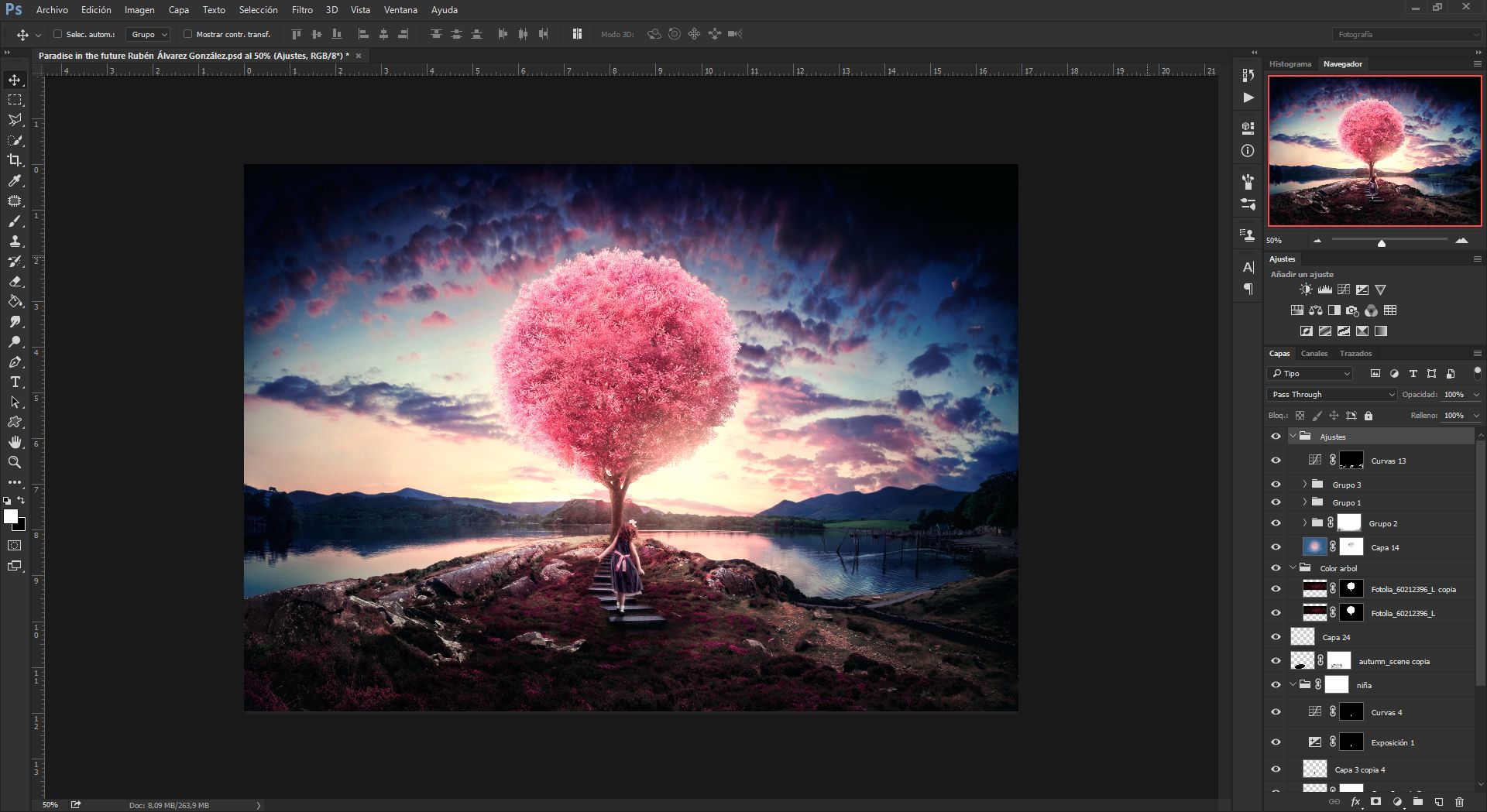Table of Contents Show
If a picture was worth a thousand words back in 1916, imagine how many words a picture is worth these days. Social media sites and apps like Snapchat and Instagram exist solely to express ourselves through pictures, and both of them use all manner of filters and editing tools in order to manipulate the photos being posted. Today’s photo editing tools are amazing, and that’s just on a smartphone app… so imagine how good they are when you’re using dedicated photo editing software? The following is a list of the best photo editing software on the market right now, and it’s organized so that every reader can find the best option for his or her own individual needs.
Adobe Photoshop CC: The Gold Standard

Just like Google and search engines, Photoshop is the gold standard that all other photo editing software must compete with, and that’s because it provides you with such a better final product than the competition. Photoshop has every photo editing tool known to man, but the trick is being able to know how to use it. That’s where the downside to Photoshop comes in… not only is it expensive, the learning curve is insane. It will take you countless hours to figure out how to perform a fraction of what the program can do… But once you do (eventually) figure it out, there’s no going back.
Learn how to master this software with an Adobe Photoshop CC Guide
Get the free trial here.

GIMP: The Best Free Choice
 If you’ve been doing any sort of research on photo editing software at all, you’ve probably heard about GIMP. This is considered the best free alternative to Photoshop, and the coolest thing about it is that it’s open source. This means anyone can tweak the code in order to make it better without having to wait for the developers to do it for them. However, this also leads to the presence of more than a few bugs, but these are often fixed quickly. The UI is sleek and intuitive, and while you don’t have as many options as you do with Photoshop, you also don’t have to pay for it!
If you’ve been doing any sort of research on photo editing software at all, you’ve probably heard about GIMP. This is considered the best free alternative to Photoshop, and the coolest thing about it is that it’s open source. This means anyone can tweak the code in order to make it better without having to wait for the developers to do it for them. However, this also leads to the presence of more than a few bugs, but these are often fixed quickly. The UI is sleek and intuitive, and while you don’t have as many options as you do with Photoshop, you also don’t have to pay for it!
Learn how to master this software with a GIMP Guide
Download for free here.
Serif Affinity Photo: If you Know Nothing but are Serious About Learning

Over the years, Affinity Photo has really been the only photo editing software that’s been thought of as on the same level as Adobe Photoshop CC, and that’s an incredible win in and of itself. It’s dirt cheap for a program of its caliber, and while it does have a few downsides in regards to tools, the biggest advantage it has over Photoshop is that it provides you with a number of tutorials and a showcase of its best features. This lets you get into some serious editing without having to spend a ton of time learning the program itself before you get to work.
Download the free trial here.
Pixelmator: The Simple Choice
![]()
If you’re looking for quick workflow, a simple UI and direct-to-Facebook-or-Flickr sharing, you can’t go wrong with Pixelmator. It lacks a lot of the more complicated tools that Photoshop or Affinity Photo would give you, but it’s excellent for a beginning photographer or hobbyist, and it’s also great for a small business owner who wants professional-looking photographs without having to pay top dollar to get them. You’ll figure out all of Pixelmator’s most basic options quickly, and you’ll probably come to find that those are all you really need anyway.
Learn how to master this software with a Pixelmator guide
Download the free trial here.
Sumopaint: The No-Nonsene Option

The best thing about Sumopaint is that it doesn’t actually require you to download anything in order to use it. It’s browser based, so simply visiting the website gives you access to a whole host of photo editing tools that you can use to retool and improve your shots as you see fit. It certainly won’t give you as many options as some of the other choices on this list, but it’s perfect for editing personal photos for sharing with friends and family. If you’re on a budget, don’t want to mess with downloads and don’t need anything fancy, Sumopaint is probably for you.Â








